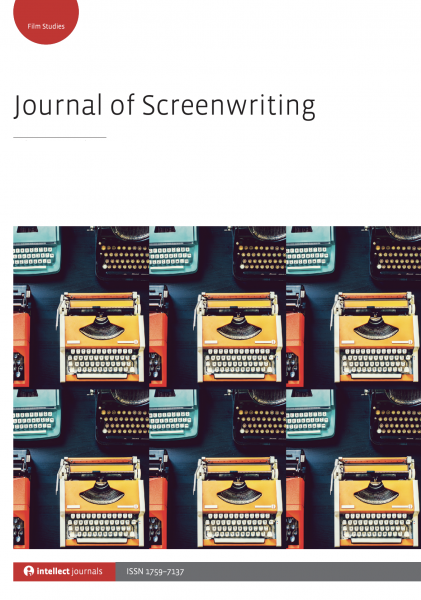Subscribe to Rosanne’s Channel and receive notice of each new video!
When the folks hosting the conference announced their theme as “Screen Narratives: Chaos and Order” the word ‘chaos’ immediately brought to mind writers rooms. I offered a quick history of writers rooms (the presentations are only 20 minutes long) and then quoted several current showrunners on how they compose their rooms and how they run them.
Transcript
In the case of this show on Starz, Vida, it’s the story of three LatinX women in Los Angeles who had moved away but come home when their mother dies and they discover that they’ve inherited a bar and the bigger discovery is that they’ve co-inherited it with their mother’s lesbian lover. So, now they’ve learned their mother’s a lesbian and they own a bar and they’re living in a part of LA that is going under gentrification. The entire show is staffed by female LatinX writers and so having a room that is entirely inclusive of the people on the show has been very special to them. Whether or not they are missing other perspectives, I can’t say, but that’s an experience that’s making it an open place for them to tell their stories, which is very important. Queen Sugar is a director-led writer’s room. Ava Devernay, who’s done several films, she now ran the show, she created it and she brought in a team of writers who are in charge. So now she’s — everything comes from the visual with her and you have to start with the visual when you tell a story. She has hired someone else to run the room, but they’re thinking of her desire as they do it. So that’s important.
For more information on the Screenwriting Research Network, visit
* A portion of each sale from Amazon.com directly supports our blogs
** Many of these books may be available from your local library. Check it out!
Podcast: Play in new window | Download
Subscribe: RSS
![16 Vida from How The Chaos Of Collaboration in the Writers Room Created Golden Age Television [Video]](https://rosannewelch.com/wp-content/uploads/2021/06/srn-porto-16.jpg)




![15 The Operation of a Writer’s Room Part 2 from How The Chaos Of Collaboration in the Writers Room Created Golden Age Television [Video]](https://rosannewelch.com/wp-content/uploads/2021/06/srn-porto-15.jpg)
![14 The Operation of a Writer’s Room from How The Chaos Of Collaboration in the Writers Room Created Golden Age Television [Video]](https://rosannewelch.com/wp-content/uploads/2021/06/srn-porto-14.jpg)


![13 Something’s missing in writer’s rooms from How The Chaos Of Collaboration in the Writers Room Created Golden Age Television [Video]](https://rosannewelch.com/wp-content/uploads/2021/05/srn-porto-13.jpg)

![12 Kenny Johnson from How The Chaos Of Collaboration in the Writers Room Created Golden Age Television [Video]](https://rosannewelch.com/wp-content/uploads/2021/05/srn-porto-12.jpg)
